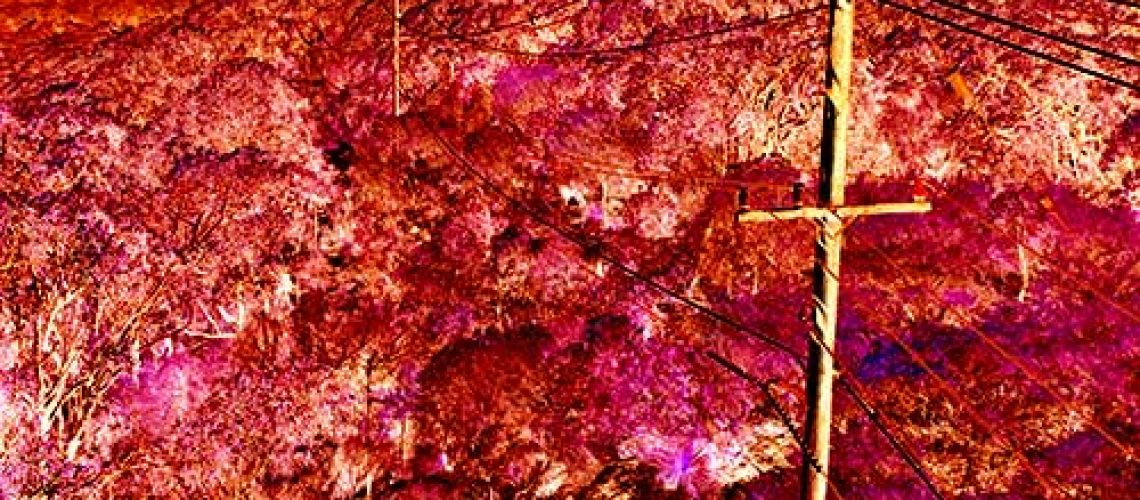

Qualified Linesman
Danger - Incorrect Pole Installations
INTRODUCTION
Electrical power pole installation is a skill that should only be undertaken by competent skilled tradesmen. Over the years our team has come across many customer electrical poles that have been incorrectly installed and resulted in failure. This is very dangerous since a failed pole, that has attached live assets, can pose an electric shock or electrocution to persons and livestock. Additionally, a fallen pole can start a bush fire or house fire if not immediately attended to.
WHAT TO LOOK FOR?
Depending of the pole installed there are various flags which indicate whether the power pole has been installed correctly:
- Base of the pole – the ground should be solid and firm around the base of the power pole. There should be no signs of erosion. Where possible, the ground should be the sole means of supporting the pole or alternatively properly installed stays.
- Head of the pole – all poles should have a pole cap. This protects the head of the pole from rot and deterioration. Also, the pole should not be on a lean. Tip: when checking a pole, use a plumb bob to ensure there are no major leans on the pole.
- Mains – if the mains are connected too early and too tight this could cause a lean on the pole since the foot have not had time to settle. Tip: during summer, generally there should be a little sag in the mains whilst maintaining adequate clearances.
- Location – there ae different standards which specify the correct and safe location for poles to be installed. This protects them from damage and ensures ease of access.
- Type – there are generally 3 different types of poles used by consumers – steel, timer and composite fibre. Each type of asset needs to be correctly selected for the environment it is installed in. With properly rated timber poles are usually treated to protect against pest infestation.
FOOTING
SIZE
Understanding the correct size of in imperative. Just like an undersized air conditioner will not properly cool a room likewise an undersized pole will not provide a safe overhead installation and eventually may fail. The size of the pole usually has two factors, namely, length and strength. The length of the pole is important for consumer installations in order to maintain safe clearances for the overhead power lines. The strength of a pole is also important since when correctly selected the mechanical loads will not exceed the strength of the asset thus preventing failure in a variety of different environmental conditions.
FITTINGS
Incorrect installation and selection of fittings can be serious safety issue. Our team has come across a variety of incorrect installations due to fittings. Some of the faults include:
- Piercing Connectors – IPC’s not snapped. These connectors have snapping heads which means that once the correct tension is reached, the head snaps off the connector. If it has not been snapped the connector ha not been installed as per the manufacturers specifications and can cause a premature failure.
- Incorrect Selection – our team has come across installations where the supporting clamps were incorrectly sized for the cables being used.
Warning: Bush poles! Sadly over the years our team has come across bush poles. These are structurally unrated poles which cannot be inspected and are not intended for electrical use.